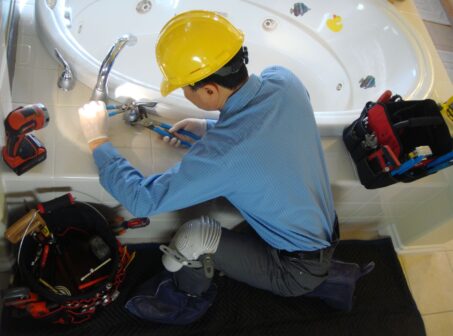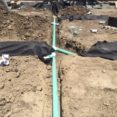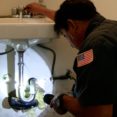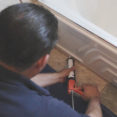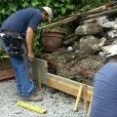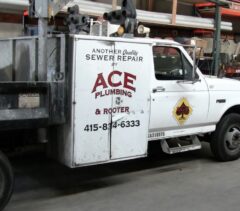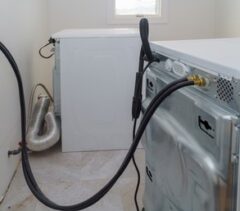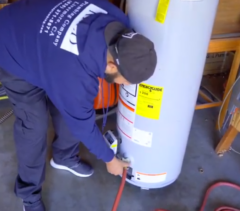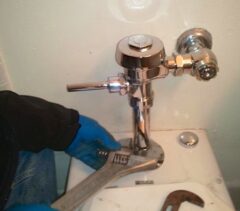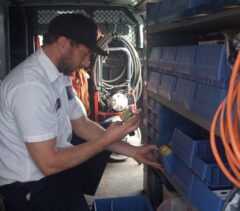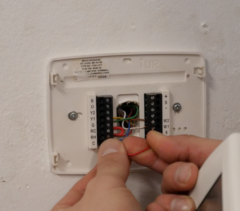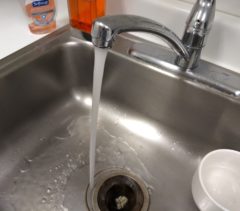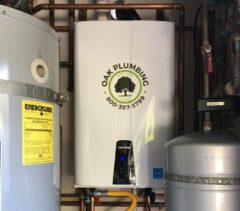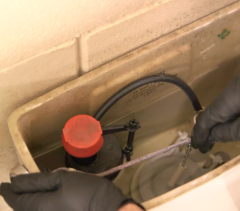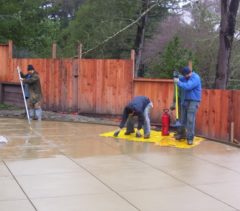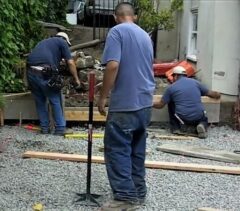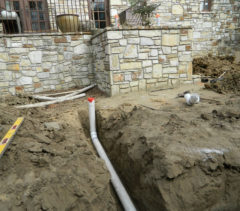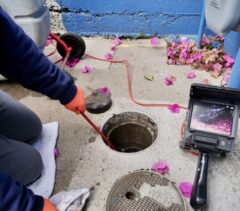
Sewer Lateral Compliance: The Basics
BERKELEY — If you’re planning to sell or remodel your home, one thing you’ll need to consider is sewer lateral compliance. According to requirements enforced by the East Bay Municipal Utility District (EBMUD), a sewer lateral must be inspected and tested for compliance when certain circumstances take place. These include when a property is sold or otherwise undergoes a change of ownership, when a permit is pulled for a major remodel and when a new water meter is installed.
These requirements apply to all property owners, including residential, commercial, industrial and shared ownerships such as HOAs.
Verifying sewer lateral compliance consists of two steps: inspection and testing.
Inspection
Plumbing contractors use a special in-line camera to perform sewer lateral inspections. The camera is inserted into the pipeline (usually from a clean-out near the home) and gives the plumbing contractor a firsthand glimpse at the condition of the pipe. It also allows them to locate the branch connections that need to be capped for testing, as well as the pipelines to determine access for setting test equipment. Keep in mind that if the pipe isn’t clean (i.e. there are root intrusions, fractures and/or standing water), it may require service before the inspection can be completed.
When the inspection is over, you should receive a written report that states where your sewer line is located, where it connects to the city main, what condition it’s in and whether it meets EBMUD’s sewer compliance requirements. You should also get a copy of the camera video, which you can show to other building owners/HOA members and plumbing contractors for estimating purposes.
Testing
To test the sewer lateral for compliance, a plumbing contractor will plug up the lines and pressurize the pipes. Next, an inspector from the EBMUD must come out and certify that all the pipes are watertight.
If the sewer lateral is in poor condition or doesn’t pass testing, it’ll need to be repaired or replaced to achieve compliance. To learn more about sewer lateral inspection, testing and compliance, visit ebmud.com.
